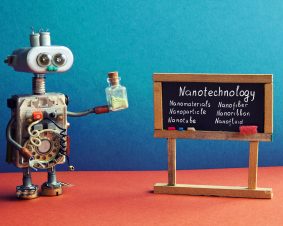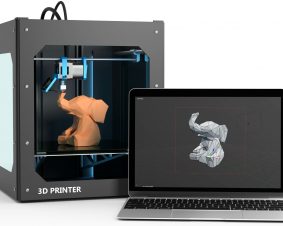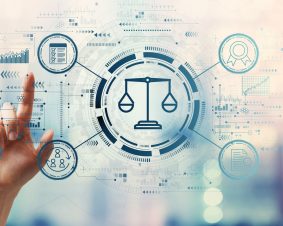 >
Spotlight April 2023: Recycling rare earths – bacteria assist in the circular economy
>
Spotlight April 2023: Recycling rare earths – bacteria assist in the circular economy
Rare earths are important components of wind turbines, catalytic converters, fibre optic cables and plasma screens. Since the 17 metals grouped under this term are indispensable for modern technologies, demand and costs are constantly rising. The occurrence of productive mining sites is limited and the production is often costly and environmentally harmful. The advantages of recycling these resources as efficiently as possible, for example from industrial waste water in the fields of mining, electronics or chemical catalysts, are obvious.
In cooperation with the University of Kaiserslautern, researchers at the Technical University of Munich have taken the circular economy of these demanded metals a huge step further: they examined several strains of cyanobacteria for their potential to bind rare earths from aqueous solution – and were successful.
The researchers determined the potential for the so-called biosorption of the rare earths lanthanum, cerium, neodymium and terbium for twelve strains of cyanobacteria. Most of these strains had never before been investigated for biotechnological potential. They come from habitats with extreme environmental conditions.
In a further project, the scientists plan to carry out the experiments on a larger scale in order to advance the industrial application of the results.
Original publication:
Michael Paper, Max Koch, Patrick Jung, Michael Lakatos, Tom Nilges and Thomas B. Brück: Rare Earths Stick to Rare Cyanobacteria: Future Potential for Bioremediation and Recovery of Rare Earth Elements. Front. Bioeng. Biotechnol., Sec. Bioprocess Engineering, Volume 11 – 2023

Weitere Spotlights
Spotlight January 2022: Methods, models, mechanisms and metadata
For the new year, we are presenting no “classic” paper here, but would like to point out an editorial: Methods, Models, Mechanisms and Metadata: Introduction to the Nanotoxicology Collection at F1000 Research. This editorial introduces the F1000Research Nanotoxicology Collection, where best practices can be collected in the form of original research reports, including no-effect studies, […]
Read moreSpotlight September 2021: Wood, the raw material of the future?
One of the greatest challenges facing humanity is to produce clean drinking water under the given circumstances of global warming, population growth and increasing littering. In September, we would like to present a review article that believes one approach to solve this problem is the use of nanoscale wood. In the review, “Advanced Nanowood Materials […]
Read moreSpotlight November 2023: Early Awareness and Action System for Advanced Materials (Early4AdMa)
Advanced materials hold immense potential to address global challenges such as environmental degradation, transformation of the energy sector, and development towards circularity. To harness their benefits while ensuring safety and sustainability, regulatory bodies, scientific communities, and industries have recognized the need for proactive approaches. The “Early4AdMa” system is a pre-regulatory risk governance tool for advanced […]
Read moreSpotlight July 2022: New definition on nanomaterials published
The European Union has published a new definition for nanomaterials as of June 2022. It is recommended that this be used as a basis for future legislation. The new documents can be found on the EC website. In the new “nanodefinition”, the essential components such as the origin or the size range of the particles […]
Read more


